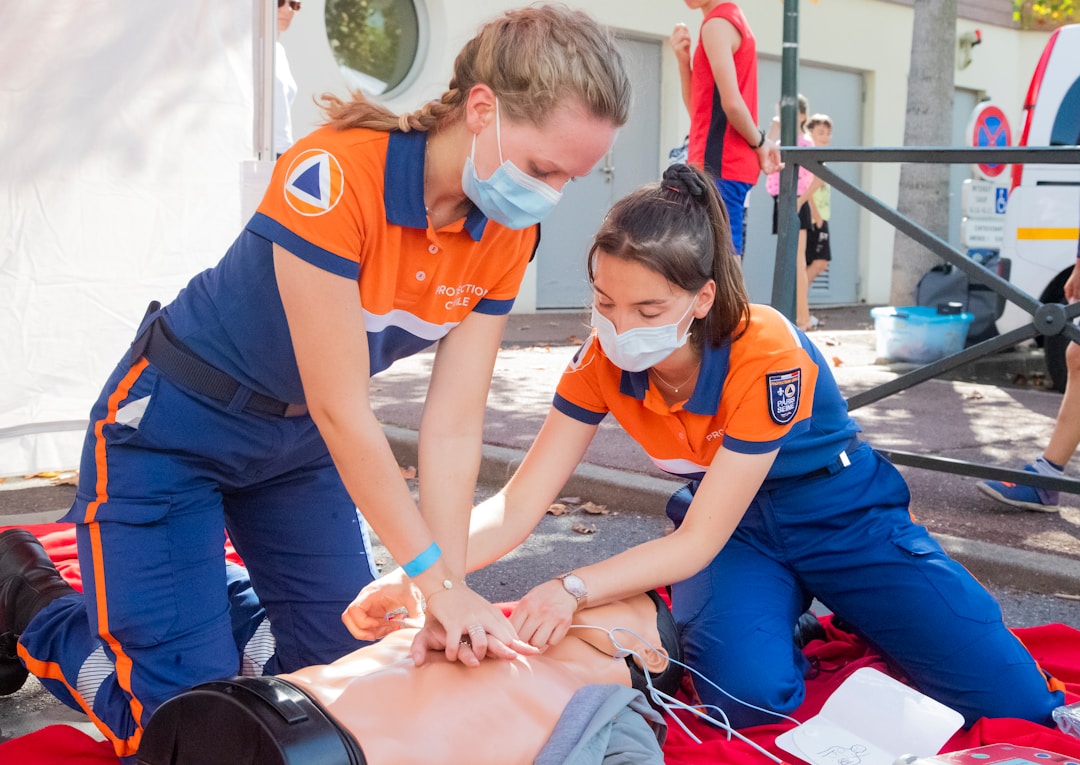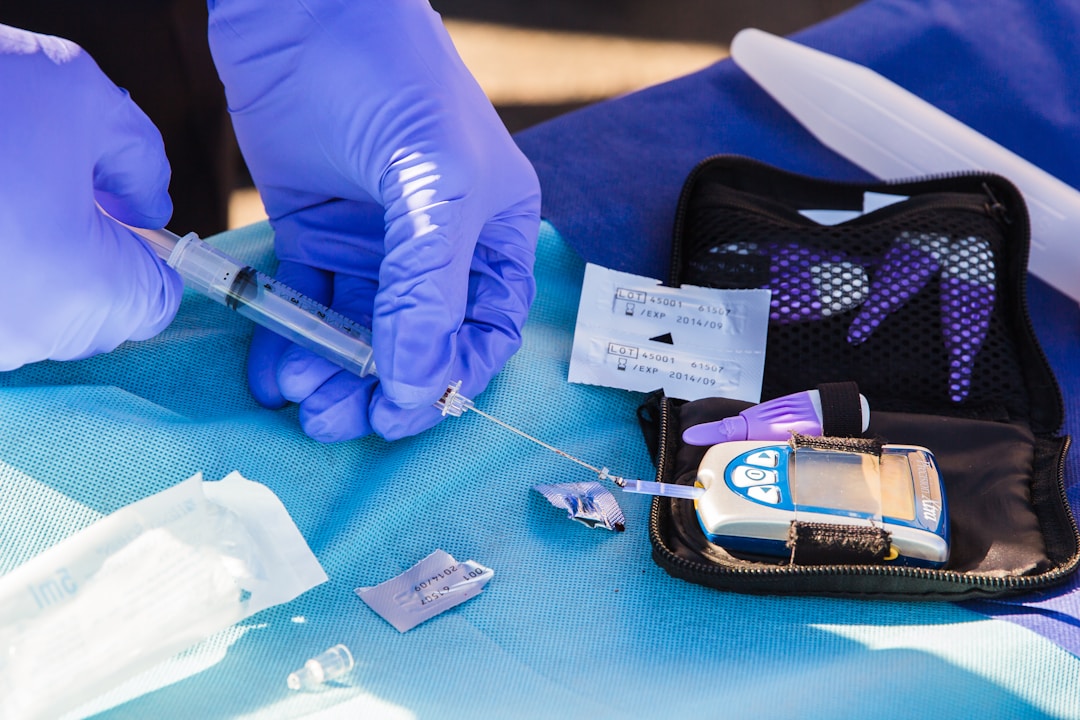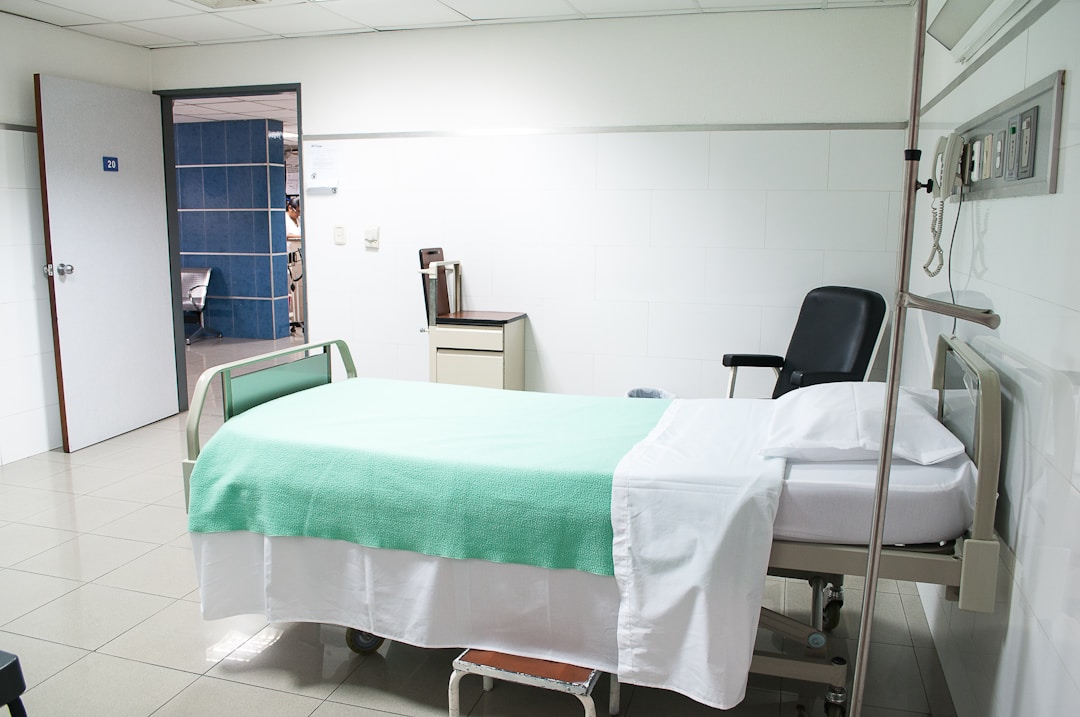Dylan Fundator
EMR vs. EHR
As technology transforms healthcare, two acronyms keep popping up—EMR & EHR. These terms are often used interchangeably, but they actually refer to two different digital record systems. Read on as we clear up exactly what sets electronic medical records and electronic health records apart.

Breaking Down EMR and EHR Terminology
Defining Key Terms – EMR and EHR
First, let’s cover the basic definitions:
- EMR stands for - Electronic Medical Record. An EMR contains the medical data from a single healthcare provider entity, such as a doctor’s office, clinic, or hospital.
- EHR stands for - Electronic Health Record. An EHR is a comprehensive health record that includes data from all of a patient’s healthcare providers, providing a complete health history all in one place.
The Core Difference – Source and Scope
The key difference lies in the source and scope of the data:
- EMRs come from a single medical provider or facility. The data is limited to encounters within that entity.
- EHRs pull together records from multiple providers into one system. This gives a holistic view of a patient’s care.
Think of an EMR as the electronic record system for just one doctor’s office. The EHR pulls data from that office as well as labs, specialists, hospitals, and more for a comprehensive profile.
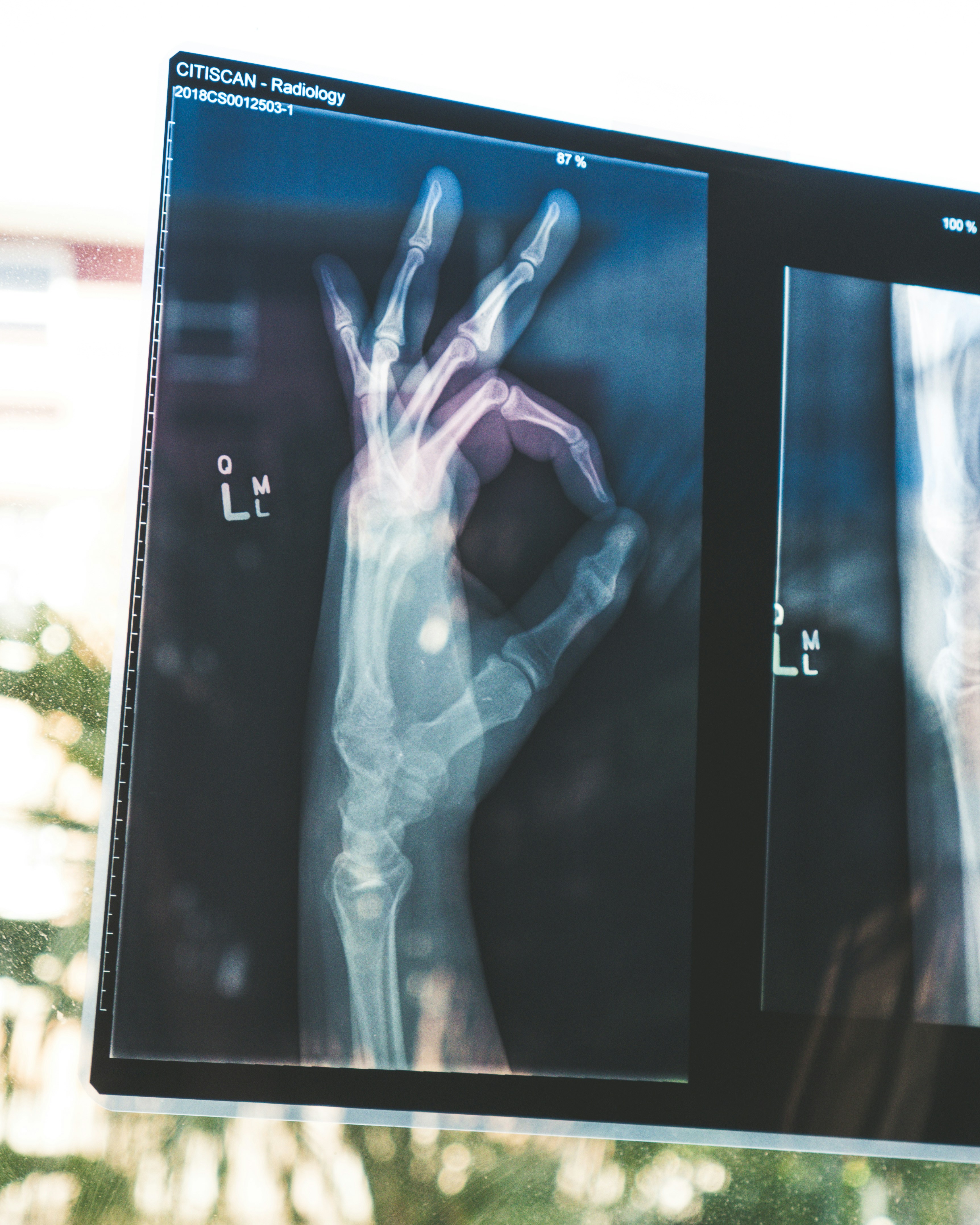
Usage and Benefits of EMRs vs EHRs
EMR Uses and Advantages
For sole practitioners and small clinics, EMR systems provide the following key benefits:
- Streamline clinical workflows and daily operations
- Integrate scheduling, billing, reporting, and more
- Improve overall organization and access to patient data
EMRs excel at supporting providers in running an efficient and optimized practice.
EHR Uses and Advantages
For hospitals and large networks, EHR systems enable:
- A single patient profile from all affiliated providers
- Access to the full continuum of patient care
- Improved coordination, quality, and safety
The data aggregation of EHRs is ideal for population health management across facilities.

The Role of EMRs in Healthcare Education
For students pursuing nursing, medicine, or allied health professions, gaining first-hand EMR experience is invaluable preparation for patient care roles. Through simulated EMR platforms from companies like ChartFlow, learners can practice workflows just like those used in real clinics and hospitals. Whether shadowing EMRs in action or completing hands-on EMR training, this knowledge bridges the education-to-practice gap.
Health Record Systems Are Our Future
EMR and EHR systems have distinct yet complementary roles in modern healthcare. EMRs meet the data needs for individual practices while EHRs connect records across providers. And for future nurses, doctors, and technicians, EMR training in the classroom is the first step towards providing exceptional patient care.

Ready to try an EHR For Yourself?
If you're interested in learning more about how ChartFlow's Educational EHR solution can improve learning outcomes for students in all healthcare programs, create a free instructor account by clicking the link below. For Students, don’t miss our Free EHR Simulation Course.
More posts like this










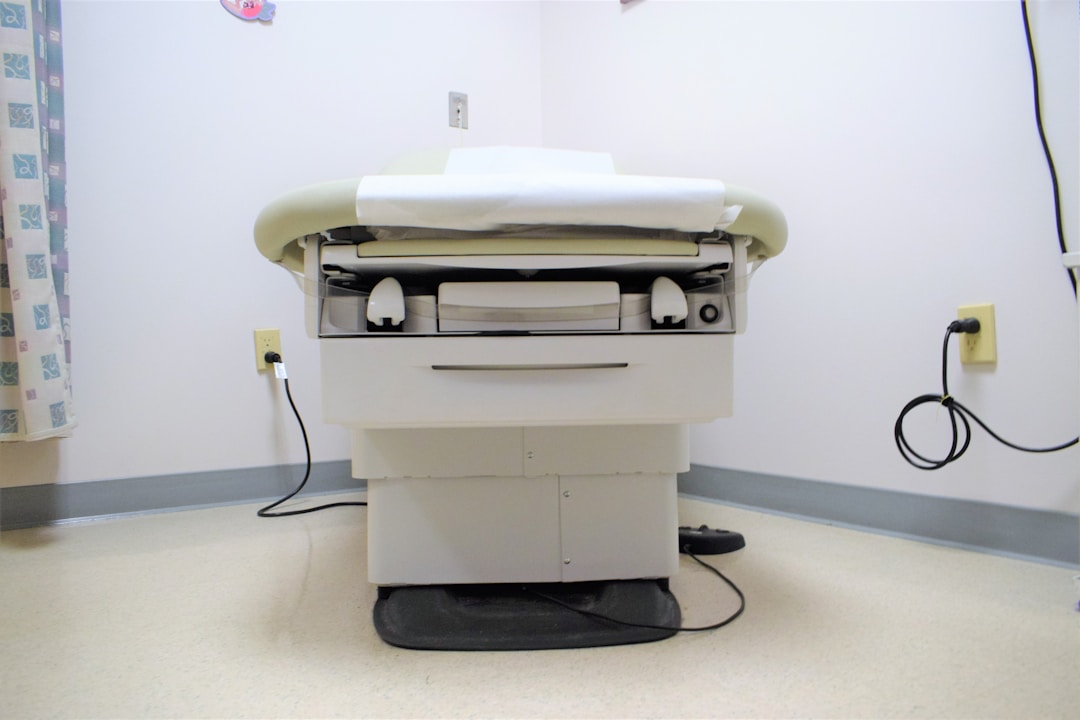
_(2)/w=1080,quality=90,fit=scale-down)




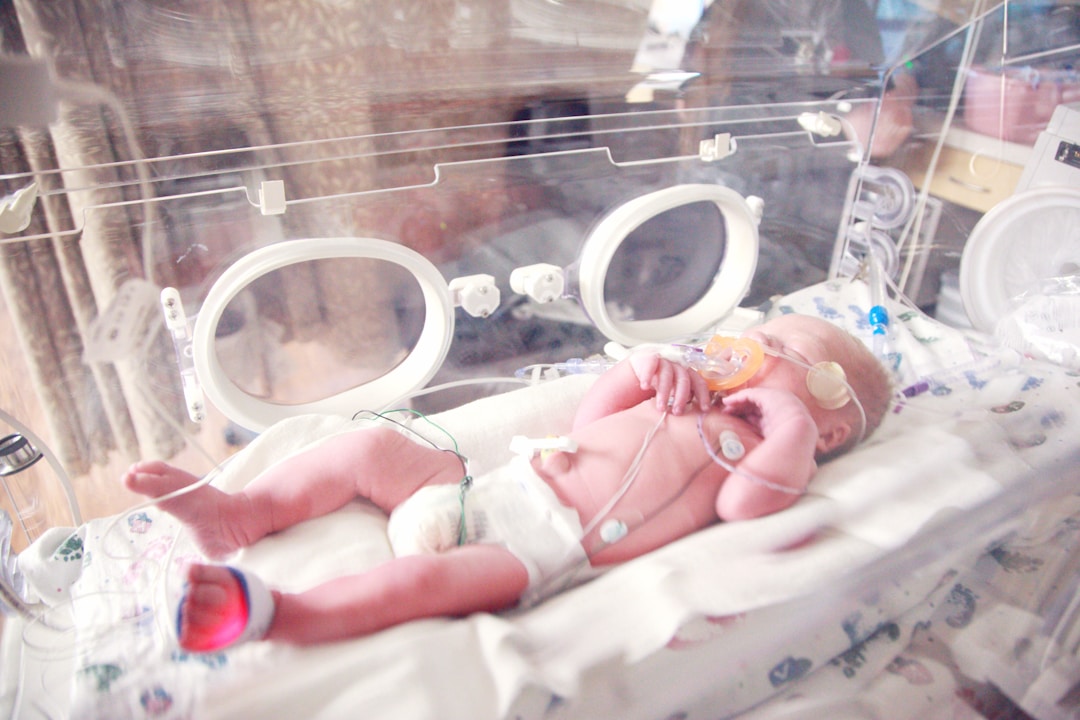



/w=1080,quality=90,fit=scale-down)






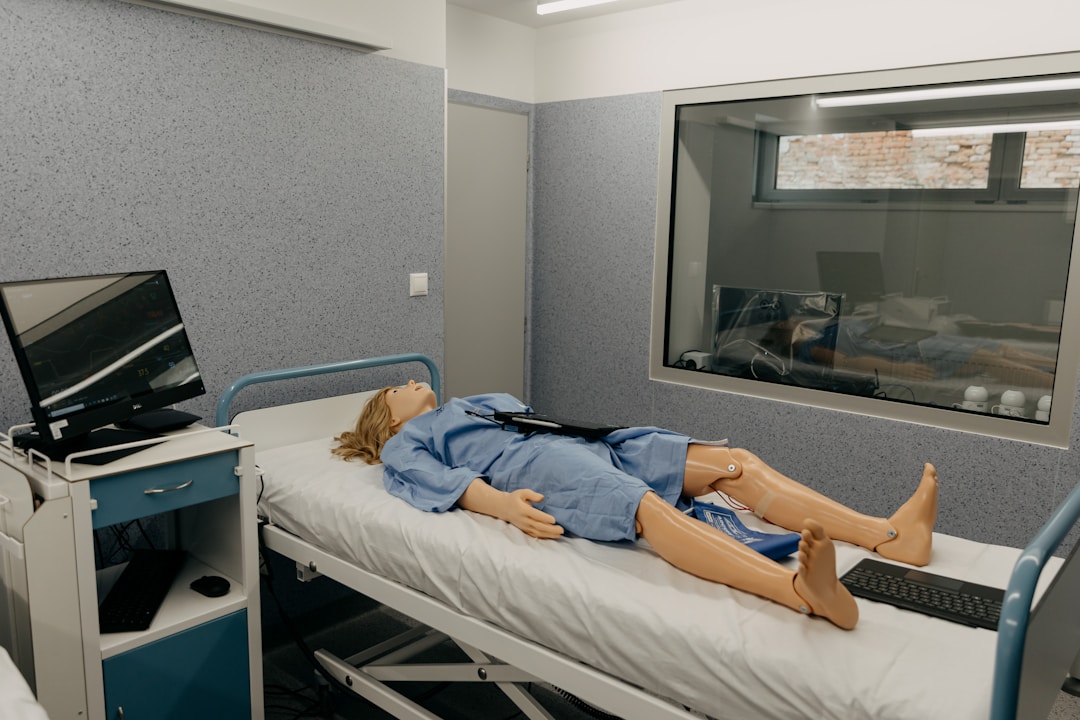













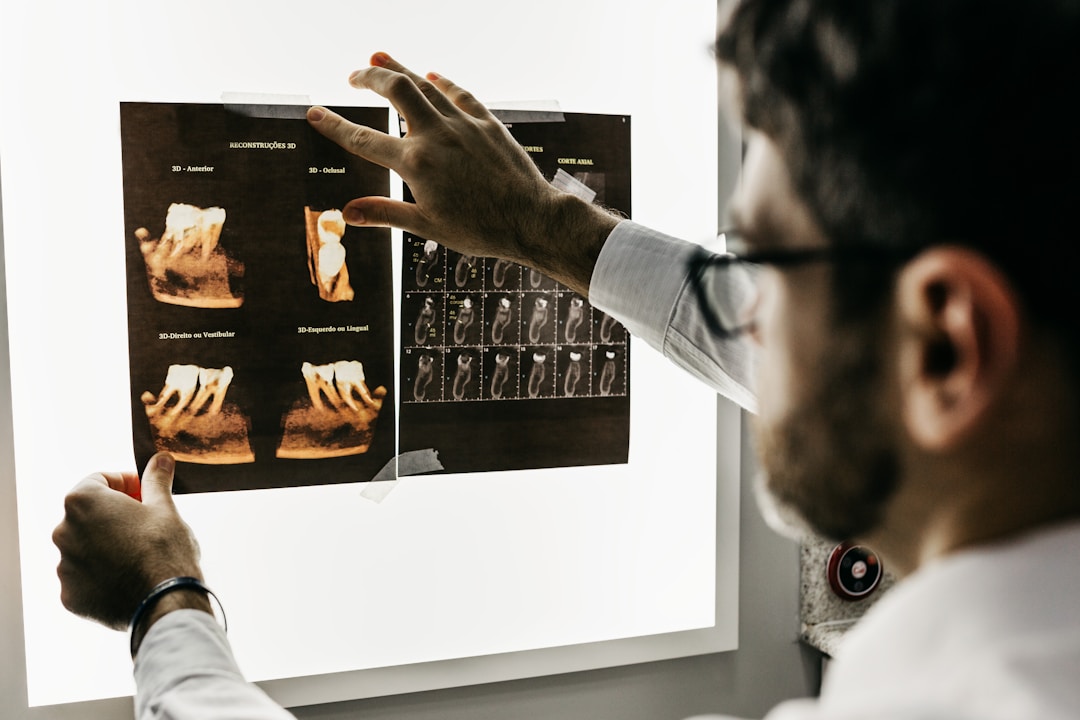

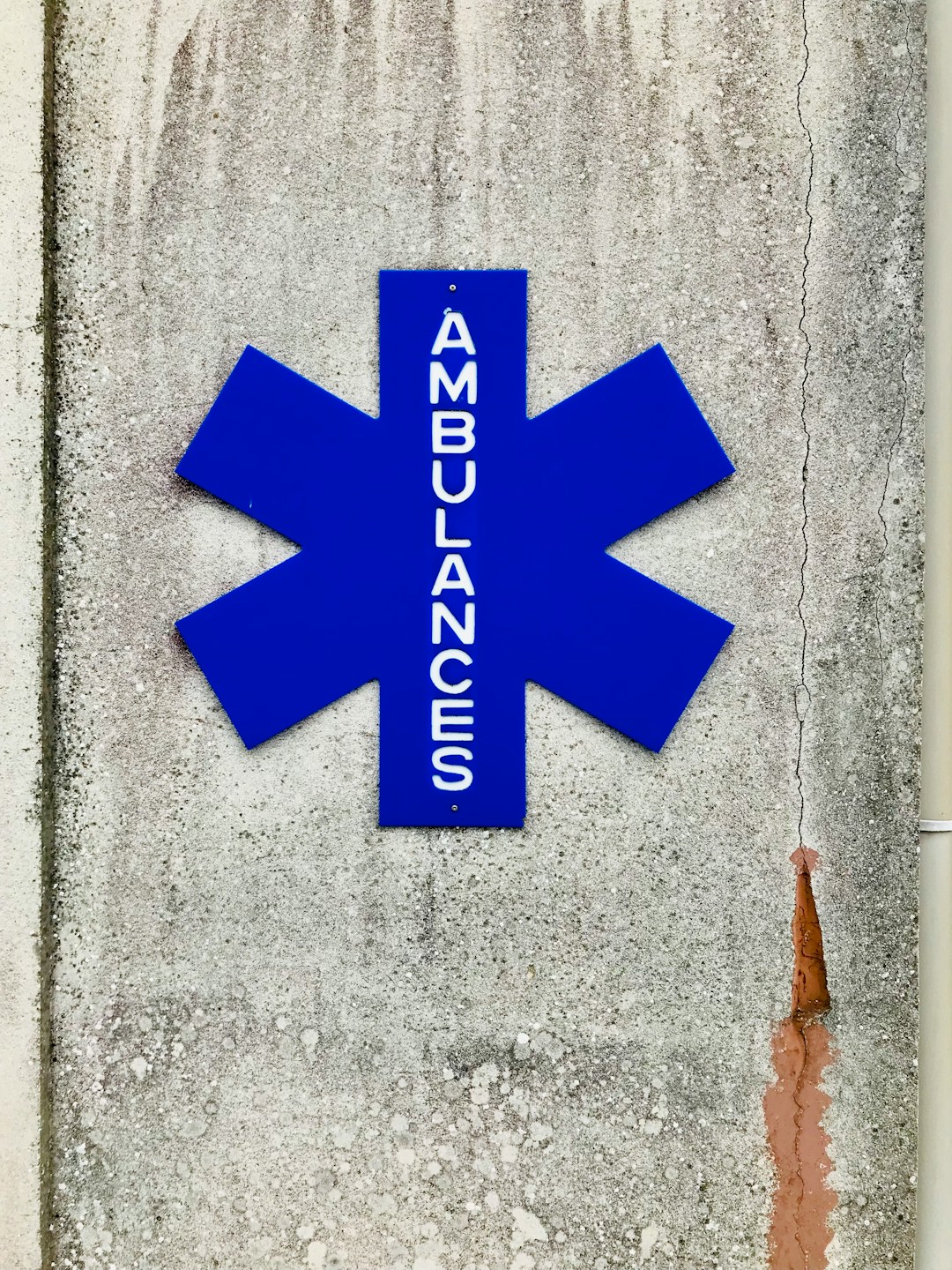





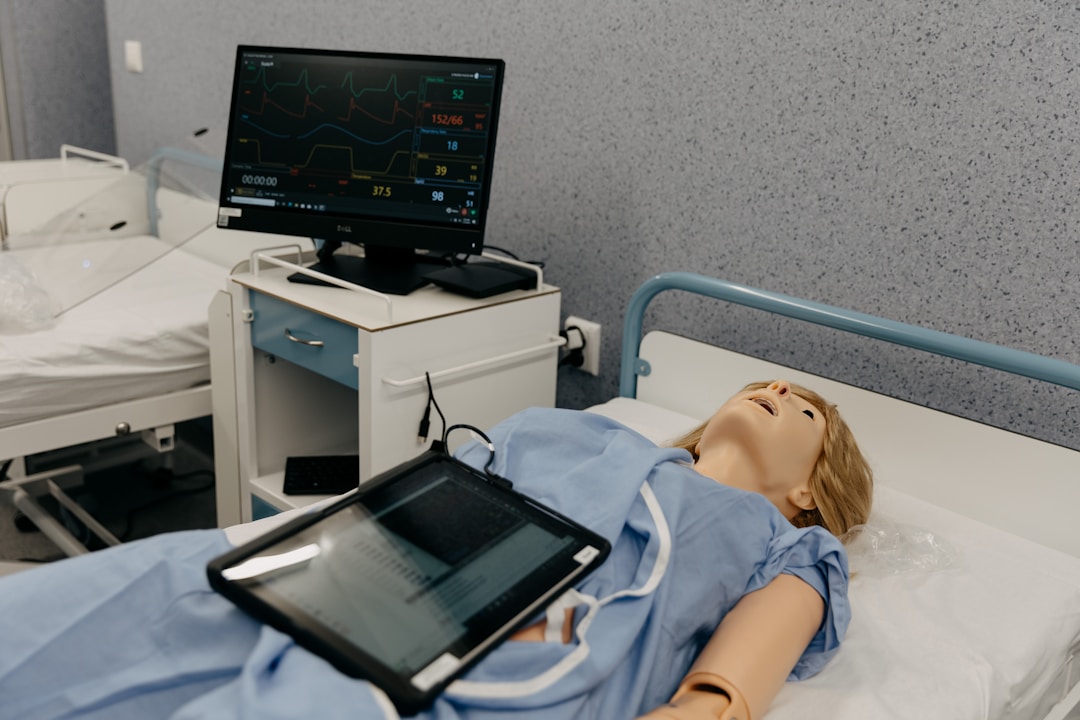


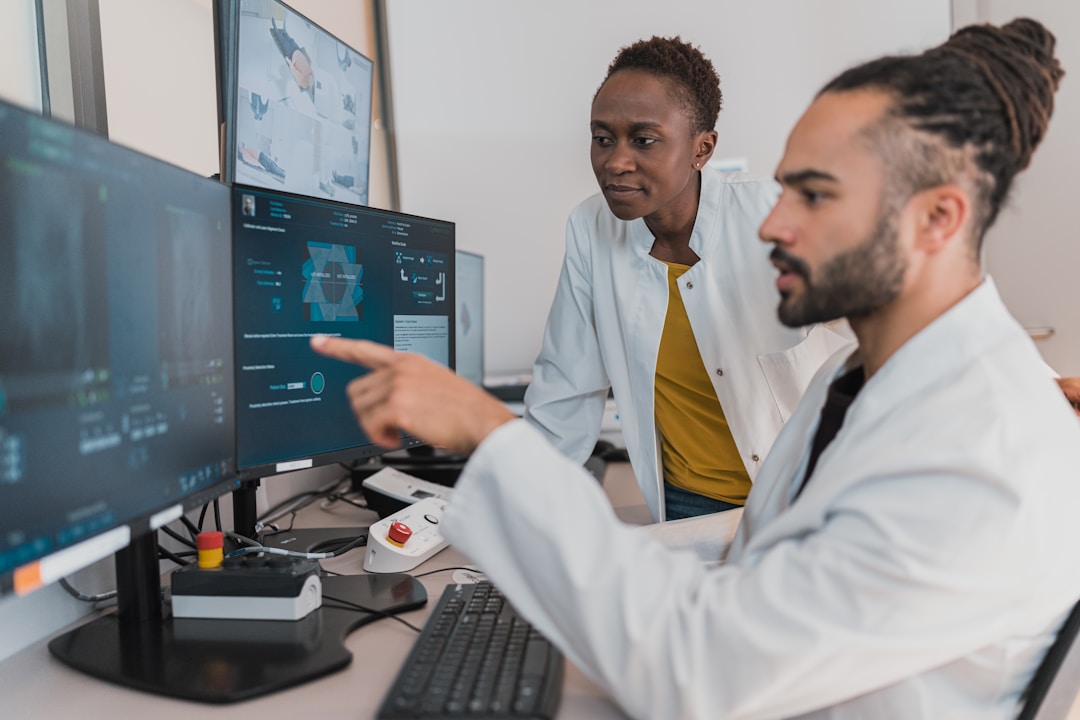
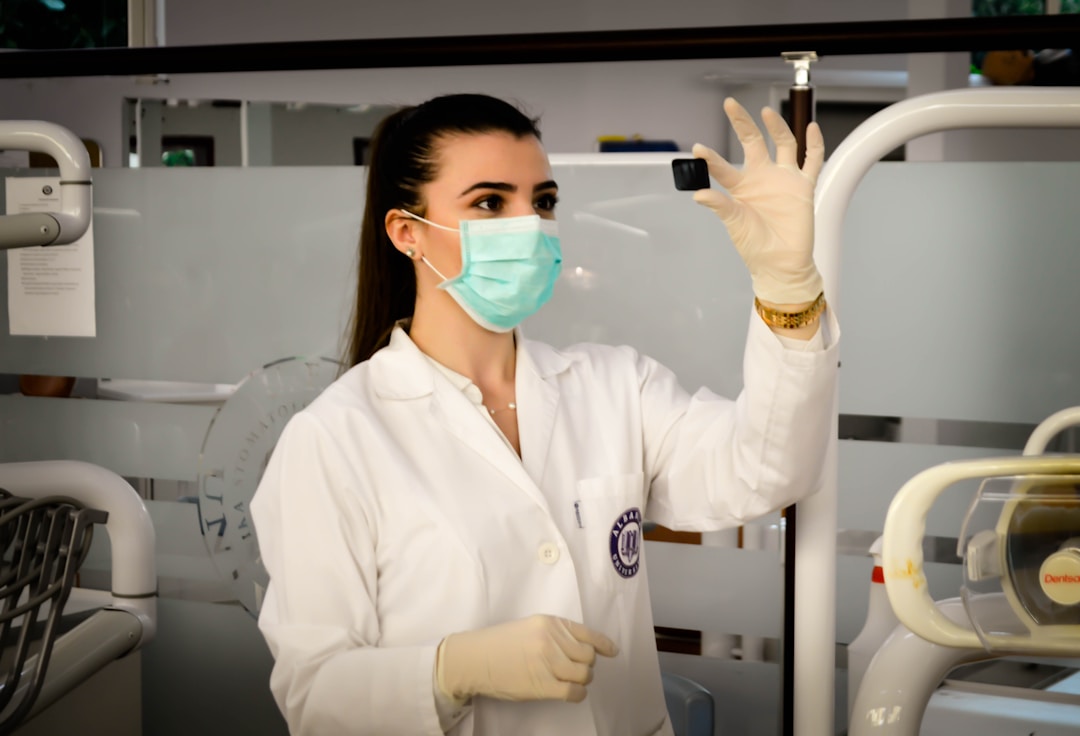







/w=1080,quality=90,fit=scale-down)
_(1)/w=1080,quality=90,fit=scale-down)









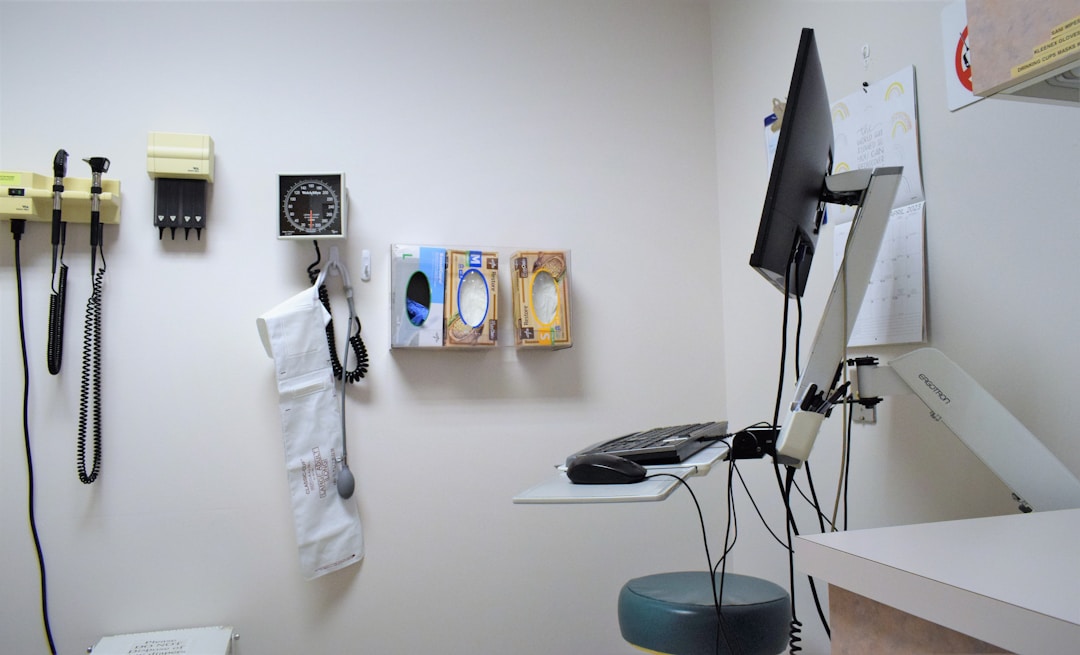













/w=1080,quality=90,fit=scale-down)







